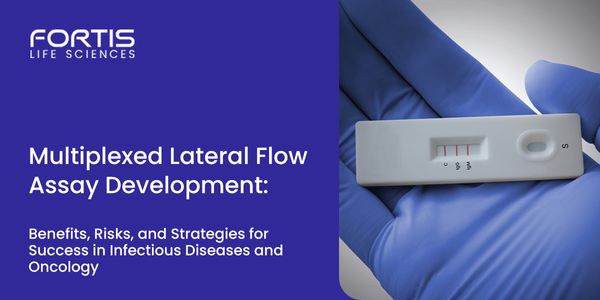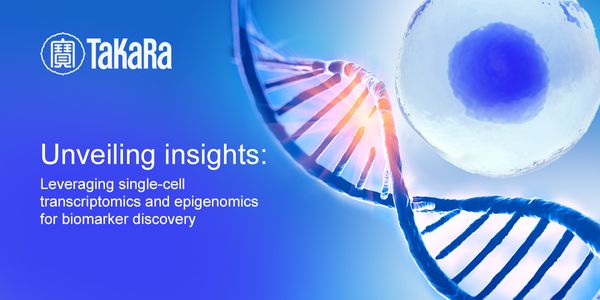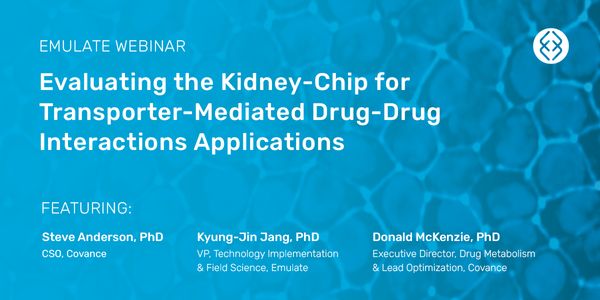Human identification systems
Human identification systems are forensic tools used to determine the identity of human remains. Human identification systems can utilize a variety of traits, including fingerprints, dental structure, bone composition, and eyes.
-
DEC 10, 2024 | 9:00 AMTo-date, proteomic analysis has been severely limited in scale and resolution. Analyzing protein samples using an intact, single-molecule approach holds th...MAR 27, 2024 | 8:00 AMMetabolomics research involves two approaches: untargeted analysis, which provides a broad overview of molecular changes but lacks precision, and targeted analysis, which focuses on specific...MAR 26, 2024 | 9:00 AMThe field of proteomics is undergoing a revolution to better quantify proteins and unlock the dynamic and valuable source of functional biological insight held in the proteome. Single-molecu...DEC 07, 2023 | 10:00 AMC.E. CREDITSLateral flow assay applications have become increasingly diverse in a post-pandemic world, and the areas of infectious disease and oncology continue to be at the forefront. In both areas, th...NOV 09, 2023 | 6:00 AMIn this talk we will explore the application of Multiplexed Error-Robust Fluorescence in situ Hybridization (MERFISH) technology to decode spatially regulated disease drivers in human heart...MAY 31, 2023 | 11:00 AMDate: May 31, 2023 Time: 11:00am (PDT), 2:00pm (EDT), 8:00pm (CET) Single-cell genomics has facilitated the understanding of mechanisms involved in various biological processes such as tumor...JAN 25, 2023 | 10:00 AMDate: January 25, 2023 Time: 10:00am (PST), 1:00pm (EST), 7:00pm (CET) The field of proteomics is poised for a single-molecule revolution – enabling more comprehensive analysis of the...SARS-CoV-2 spreads through airborne transmission. Aerosols containing live virus are dispersed when an infected person exhales and then continue to accumulate indoors, putting others at risk...
Since its discovery in late 2019 the severe acute respiratory syndrome coronavirus 2 (SARS-CoV-2) has created a global pandemic of coronavirus disease 2019 (COVID-19). As of July of 2022, mo...
MAY 31, 2022 | 9:00 AM
Date: May 31, 2022 Time: 9:00am (PDT), 12:00pm (EDT), 6:00pm (CEST) Introducing Nanostring’s latest spatial platform, CosMx Spatial Molecular Imager (SMI). Offering high-plex, multiomi...
APR 27, 2022 | 9:00 AM
Date: April 27, 2022 Time: 9:00am (PDT), 12:00pm (EDT), 6:00pm (CEST) Abnormal accumulation of misfolded tau protein in filaments characterizes more than 20 neurodegenerative diseases—c...
Speaker:
Sofia Lövestam
, Yang Shi
, Abhay Kotecha, PhD
Presented at: Thermo Fisher Scientific - Electron Microscopy Webinars
Sponsored By: Thermo Fisher Scientific - Electron Microscopy
Sponsored By: Thermo Fisher Scientific - Electron Microscopy
Integrating external and internal ‘omics data is a key element of hypothesis generation, target identification, and biomarker prioritization when it comes to drug discovery. It is neve...
Speaker:
Joseph Pearson, PhD
Upon completion of the human genome project, it was determined that greater than 90% of human diseases are due not solely to a person’s genetics but a combination of genetic factors an...
Speaker:
Erin S. Baker, PhD
Over 40 tandem repeats undergo expansion events that lead to neurological disease. This number is likely an underestimate as many repeats are difficult to amplify using existing short read s...
Speaker:
Paul Valdmanis, PhD
The success in the solving cases is based upon a system that emphasizes teamwork, from scene; recognition, collection, preservation, to laboratory; examination, identification , individualiz...
The SARS-CoV-2 pandemic is challenging our health care systems and has profoundly impacted our society. Due to the poor global public health response, SARS-CoV-2 has developed many variants....
Speaker:
Eric Allen, MBA, M. Eng. Bioengineering
, Michael Oberholzer, PhD
Presented at: Genetics Week Virtual Event Series 2021
With an introduction by Sarah Warren, the Senior Director of Translational Science, this webinar will open by providing a brief technology overview of NanoString Technologies. Dr. Warren wil...
Speaker:
Jason Frazier
, Sarah Warren, PhD
Presented at: Drug Discovery & Development Virtual Event Series 2021
Sponsored By: NanoString Technologies
Sponsored By: NanoString Technologies























